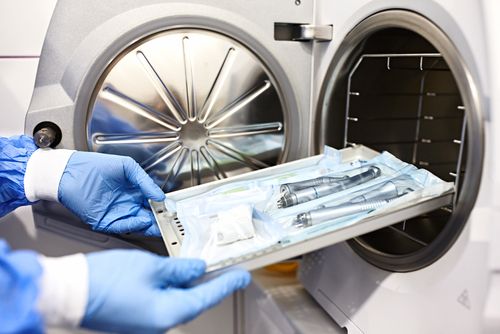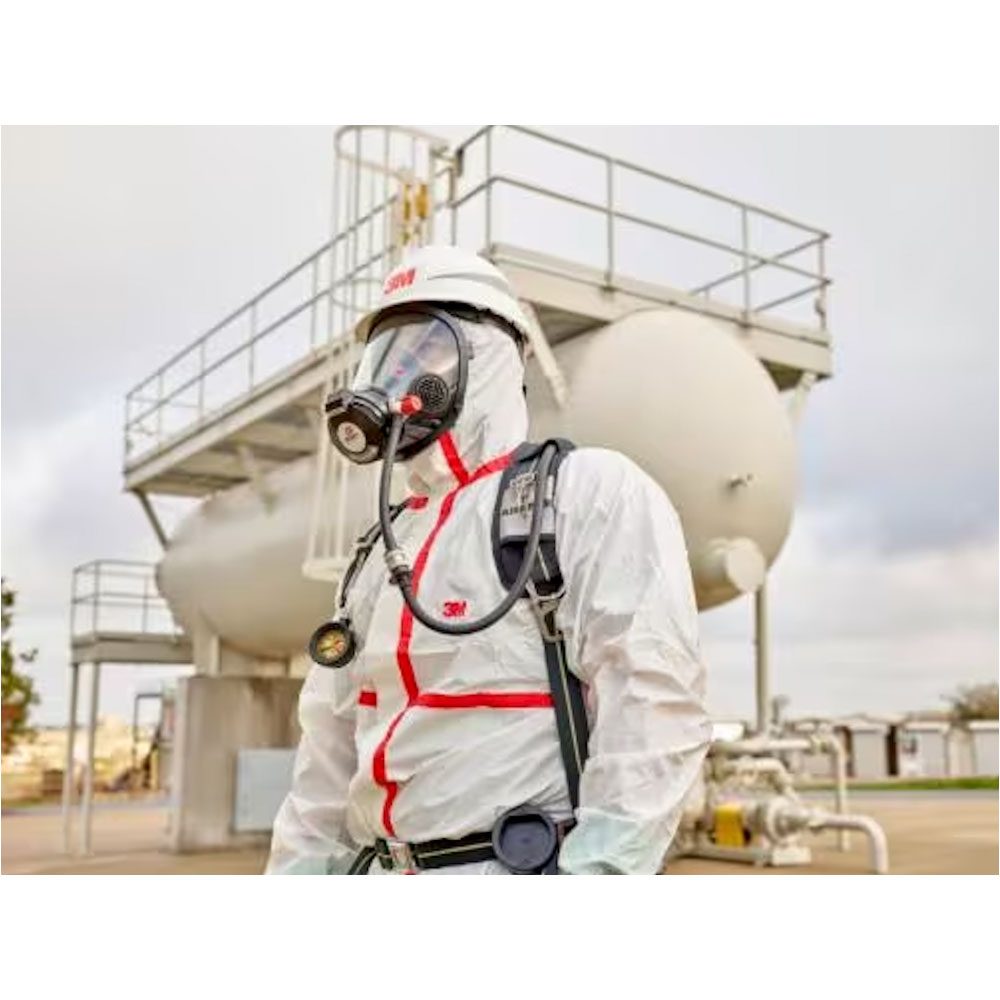Ensuring Safety: Selecting the Right Respiratory Protection for Vaporised Hydrogen Peroxide Exposure
Posted by Sam Tucker on 21st Nov 2024
Hydrogen peroxide (H₂O₂) is a versatile chemical widely used across various industries, including healthcare, pharmaceuticals, and manufacturing. Its applications range from disinfection and sterilization to bleaching and chemical synthesis. However, the handling of hydrogen peroxide, especially in its vaporized form, necessitates stringent safety measures due to its potential health hazards. This article delves into the importance of respiratory protection when working with vaporized hydrogen peroxide (VHP) and provides guidance on selecting appropriate protective equipment.

Understanding Vaporized Hydrogen Peroxide (VHP):
Vaporized hydrogen peroxide is employed as a sterilizing agent, particularly for decontaminating enclosed spaces and sensitive equipment. Its efficacy in eliminating a broad spectrum of microorganisms makes it invaluable in settings such as hospitals, laboratories, and pharmaceutical manufacturing facilities. However, exposure to VHP poses significant health risks, primarily affecting the respiratory system. Inhalation of hydrogen peroxide vapors can lead to irritation of the respiratory tract, coughing, shortness of breath, and, in severe cases, pulmonary edema.
Regulatory Exposure Limits:
In the United Kingdom, the Health and Safety Executive (HSE) has established Workplace Exposure Limits (WELs) for hydrogen peroxide to safeguard workers:
- Long-term exposure limit (8-hour Time-Weighted Average): 1 part per million (ppm)
- Short-term exposure limit (15-minute reference period): 2 ppm
These limits are designed to minimize the risk of adverse health effects from prolonged or acute exposure to hydrogen peroxide vapors.
Selecting Appropriate Respiratory Protective Equipment (RPE):
When engineering controls and safe work practices are insufficient to maintain exposure below the prescribed limits, the use of suitable RPE becomes imperative. The choice of respiratory protection depends on the concentration of hydrogen peroxide and the specific work environment.
ABEK1 filters are designed to protect against organic vapors, inorganic gases, acid gases, and ammonia. However, their effectiveness against hydrogen peroxide vapors is limited. According to the National Institute for Occupational Safety and Health (NIOSH), air-purifying respirators, such as those with ABEK1 filters, are not recommended for hydrogen peroxide concentrations exceeding 1 ppm. In such cases, supplied-air respirators are advised.
For environments where hydrogen peroxide concentrations exceed 1 ppm, NIOSH recommends using a full-facepiece supplied-air respirator operated in a pressure-demand or other positive-pressure mode. This type of respirator provides a higher level of protection by supplying clean air from an external source, ensuring that the wearer is not exposed to harmful vapors.
Additional Safety Considerations:
- Eye Protection: Hydrogen peroxide is a potent eye irritant. Therefore, using a full-face respirator or combining a half-face respirator with suitable eye protection is advisable.
- Filter Maintenance: Regularly inspect and replace filters as per the manufacturer's instructions to maintain efficacy.
- Training: Workers should receive training on the correct use, maintenance, and limitations of the selected RPE.
Conclusion:
Ensuring the safety of personnel working with vaporized hydrogen peroxide is paramount. Adhering to regulatory exposure limits and selecting appropriate respiratory protective equipment are critical steps in mitigating health risks. Employers must assess the specific conditions of their work environment and consult safety guidelines to implement effective protective measures. By doing so, they can maintain a safe workplace while harnessing the benefits of hydrogen peroxide in their operations.
Dislaimer:
We are pleased to provide guidance based on general industry standards and best practices. However, please be aware that our advice may not encompass all specific conditions related to your particular usage, work environment, or local regulations.
We strongly recommend consulting your organisation's safety protocols, manufacturer recommendations, and relevant Safety Data Sheets (SDS) for precise instructions. While we are here to assist, the ultimate responsibility for determining appropriate safety measures and equipment usage lies with your team. We cannot be held liable for any decisions made based on our recommendations.





